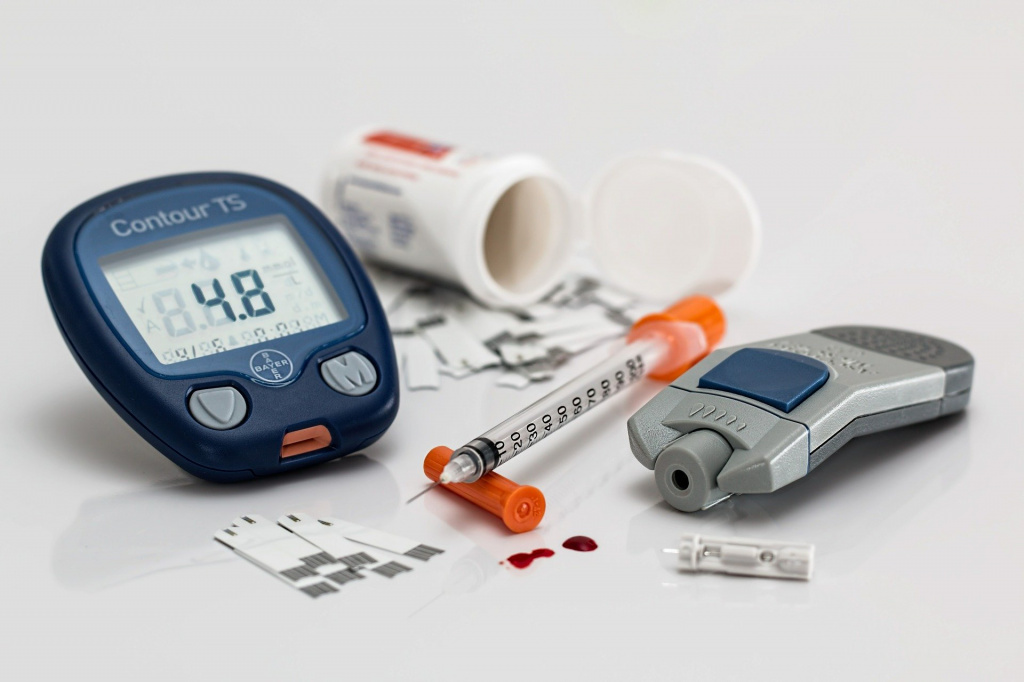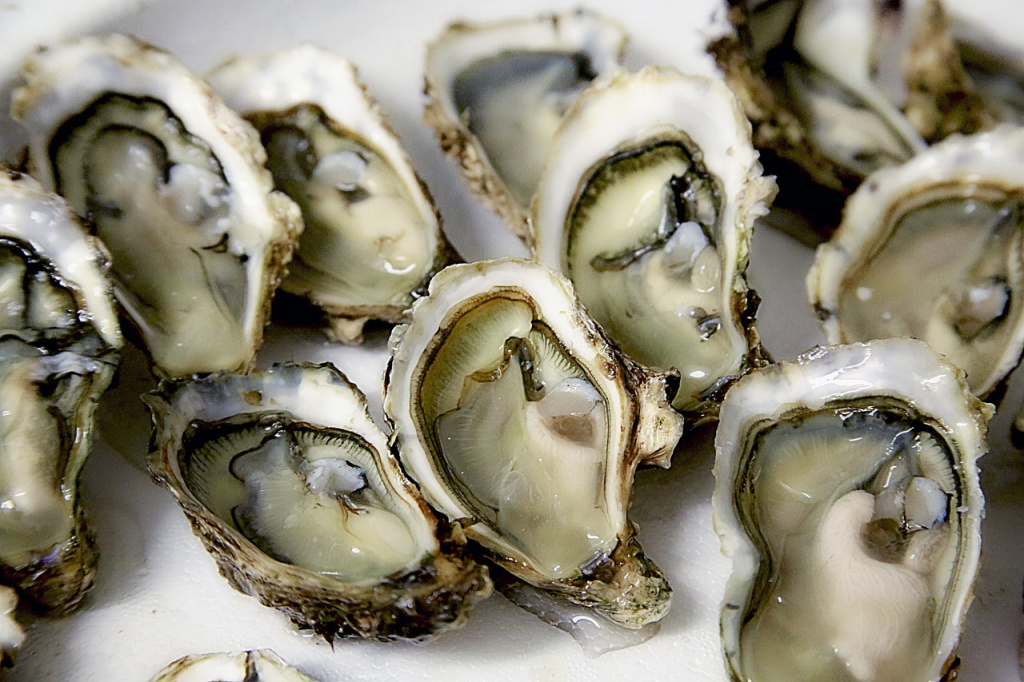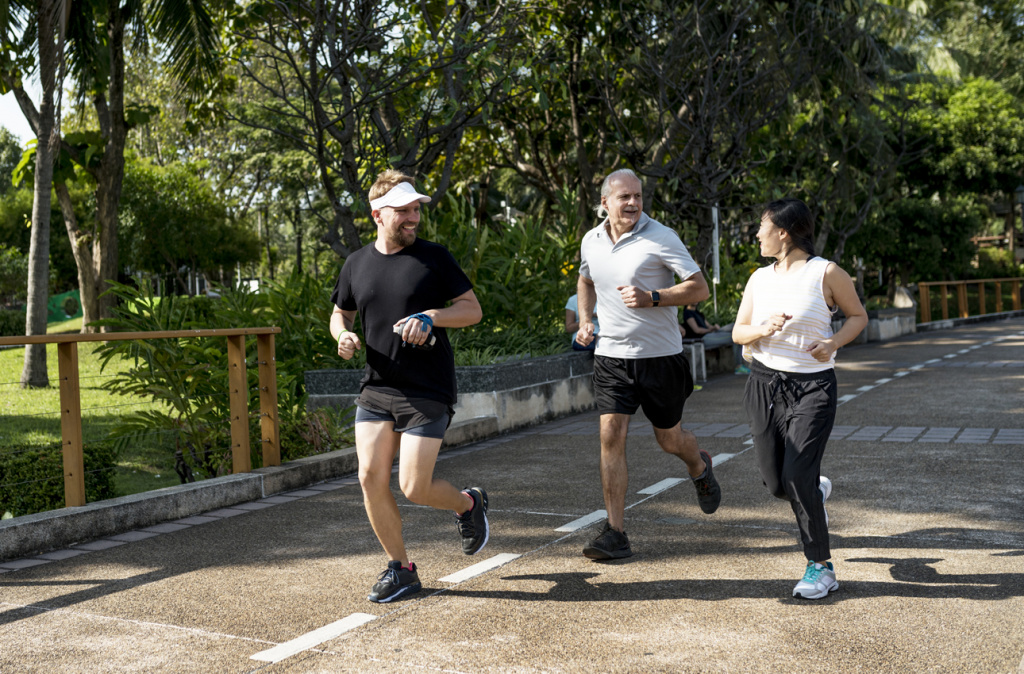Without laboratory tests, we figure out which cosmetics it is better to refuse to use.
A huge arsenal of cosmetics helps us to put ourselves in order today. We want to try everything and a little more, but unexpected unwanted reactions (even worse ─ health problems) slow down our mental impulses and more and more often force us to ask the question “what’s in the jar?” Which additives will not harm the body, and which ones can be dangerous? We are dealing with this issue together with the cosmetologist Leila Roz.
Parabens (methyl-, butyl-, ethyl- or propylparaben)
Complex acids are found almost everywhere, especially in cosmetics – creams, serums, hair care products. have antibacterial and antifungal properties. The addition of this substance to products inhibits the growth of bacteria and fungi. It is believed that parabens can accumulate in the body and disrupt the settings of our hormonal system.
Don’t trust the “paraben-free” label. Most likely, there are parabens in this product, but they were called differently because without preservatives, any preparations cannot be stored for a long time (cosmetics with harmless plant preservatives are much more expensive than the mass market). Parabens include substances such as metabutyl, propyl, methyl, butyl, isopropyl, and if some of them are in the product, then parabens are definitely contained in it. To date, there is no alternative to them yet.
Phthalates (phthalates or DEP (diethyl phthalate), DnBP (di-n ‑ butyl phthalate), DiBP (di-isobutyl phthalate)
Phthalic acid esters are used not only in the industry (to give elasticity to plastic products that surround us everywhere), but also in cosmetics ─ for example, in nail and hair varnishes, and in perfumery. By the way, plastic in a car is also phthalates: sitting behind the wheel of a brand new car, you can hear a specific smell. It was he who was nicknamed “the smell of a new car” – this is how phthalate smells. When the car is in the sun, the dashboard heats up and the substance starts to evaporate. In order not to inhale harmful vapors, it is better to drive with an open window for a while.
Excessive amounts of phthalates lead to hormonal disorders, infertility and oncology. It has a bad effect on the reproductive function of both women and men. We cannot always guess that this or that jar of cream, for example, contains this additive, because not every manufacturer indicates its content in the composition of the product (and they do it quite often). Therefore, teenagers and pregnant women need to be especially careful when using make-up, using natural and organic options whenever possible.
Propylene glycol (propylene glycol)
An odorless liquid substance is obtained from refined products. Propylene glycol is widely used in the production of cosmetics ─ thanks to this ingredient, they penetrate into the deeper layers of the skin. Its content in some product in a small amount does not have any harm to health and skin. Although propylene glycol is generally safe, it can cause allergic reactions. Therefore, when choosing cosmetics, allergy sufferers need to pay special attention to the content of propylene glycol.
Triclosan (triclosan)
This synthetic compound is actively used in the cosmetic field. There is a lot of debate about him, trying to figure out whether this element really has a negative effect on the skin and the body as a whole, or whether the statement has no basis. Triclosan is an antimicrobial component: it stops the growth of microbes, bacteria, and fungi in cosmetic products. It is added to toothpaste, deodorants, mouthwash, washing powders, antibacterial soaps, shampoos, shower gels, detergents, and cleaners, as well as children’s toys, medical devices, shoes, and even some types of furniture.
According to the observations of cosmetologists, triclosan does not have a pronounced negative effect on the skin and human health, but insignificant doses it can cause some harm. It all depends on what percentage of triclosan is contained in the product. In Russia, the rate of its content should not exceed 0.3% for each separately taken product ─ in this ratio, it is completely safe. But the frequent use of products, even with a normal triclosan content, can result in unpleasant side effects – dry skin, flaking. Therefore, do not use antibacterial lotions or cleansers unless absolutely necessary.
Benzene (benzene)
Colorless liquid with a specific sweetish odor. It is part of gasoline, is widely used in industry, is a raw material for various plastics, synthetic rubber, dyes, and is also used for the production of drugs. Most often, benzene is found in cheap cosmetics. Refers to very toxic, carcinogenic substances. In large quantities, it causes allergies, poisoning, and can even lead to death.
Fragrance / perfume
Today it is one of the most popular tools for drawing attention to cosmetic products. Fragrances in the form of essential oils are safe to use, but if they are synthetic, you need to understand what they are from. A large amount of fragrances in a cosmetic product often leads to allergic reactions.
At the very end of the 90s, the beauty world got acquainted with the “list of 26” ─ the names of aromatic components that are potential acute allergens. And the increased sensitivity of the skin that grows from year to year leads to the fact that now many brands offer whole lines without aromatic fragrances (as a rule, they are accompanied by the label “for sensitive skin”). Professional cosmetics often either do not have a pronounced odor, or they smell like medicines, because not artificially flavored.
Sodium Lauryl Sulfate (SLS)
Refers to surfactants (surfactants) and is widely used in the production of almost all detergents – shampoos, toothpaste, shower gels, dishwashing liquids. It is thanks to this component that the dirt, instantly dissolving, disappears. It is also introduced into the product so that it lathers well and foams, which means it rinses off faster.
The additive is harmful in that, with a large amount in the composition, it eliminates not only external pollution and fat, but also completely removes the hydrolipid protective film from the skin surface ─ as a result, it becomes highly dehydrated, dries, and irritates. An excess of sodium lauryl sulfate in shampoos leads to hair loss if they are used often (hair follicles are greatly affected due to dry scalp).
Vaseline (petrolatum, petroleum jelly, E905b)
The safest remedy, both herbal and refined. Vegetable petrolatum is more viscous and poorly absorbed, so artificial petroleum jelly is most often added to cosmetic products. It forms a protective barrier – a film on the skin’s surface that is impervious to water, and thus prevents the skin from losing moisture (without having inherently moisturizing properties). Thanks to this, the regeneration of the skin and the healing of microcracks is accelerated, the mechanical protective barrier is strengthened.
Petroleum jelly can be used during the cold season when temperatures drop below zero, especially in windy conditions, but not very often. The film that forms on the skin, clogging the pores, does not allow it to breathe, therefore the frequent use of petroleum jelly is fraught with dermatological complications. Despite the fact that the use of petroleum jelly has no contraindications, in rare cases, it causes allergic reactions.
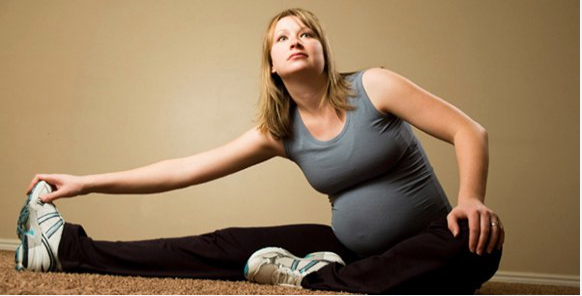
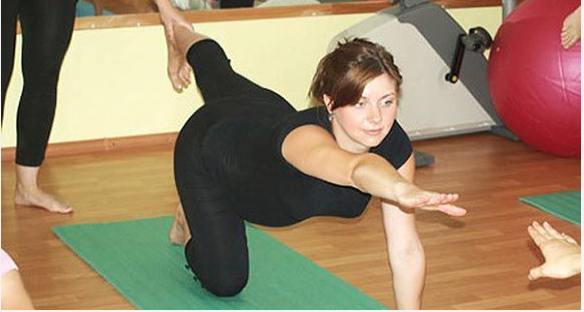
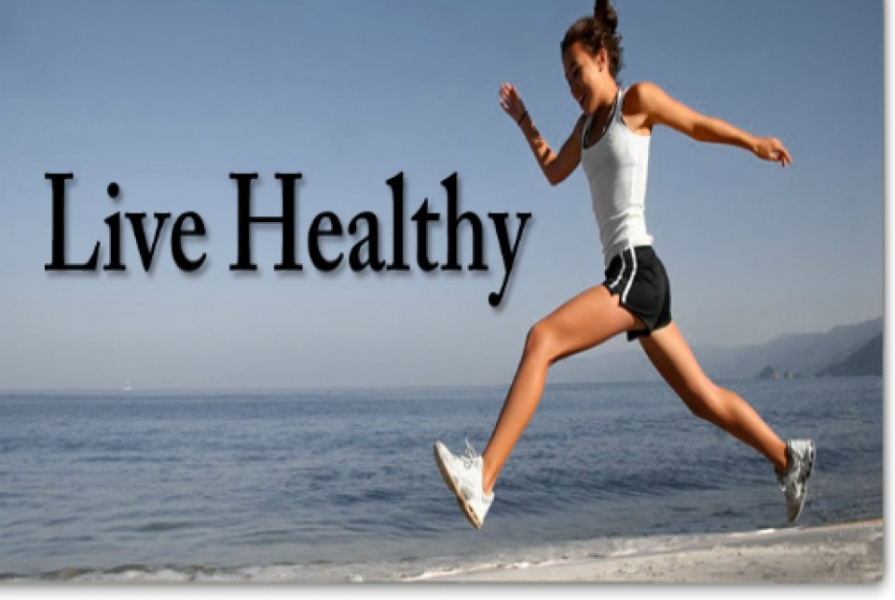


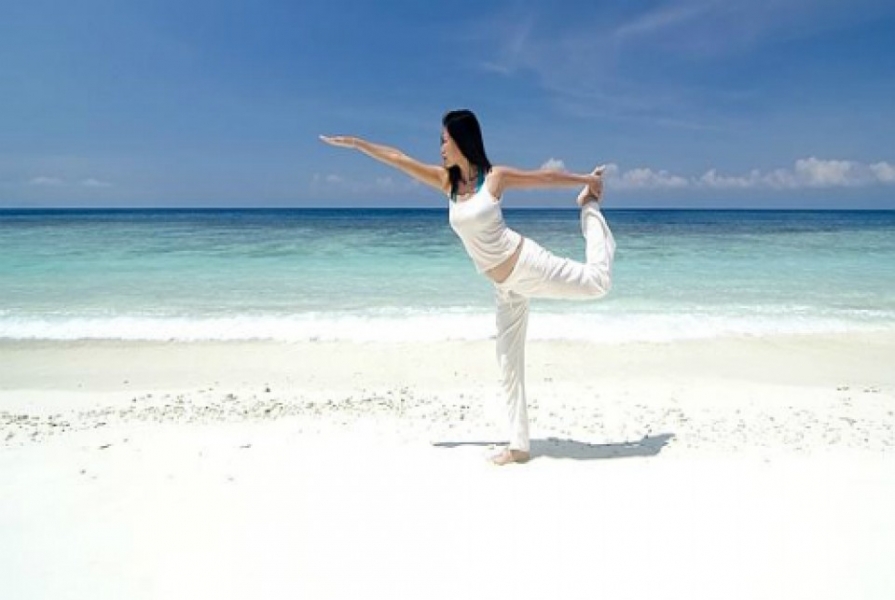










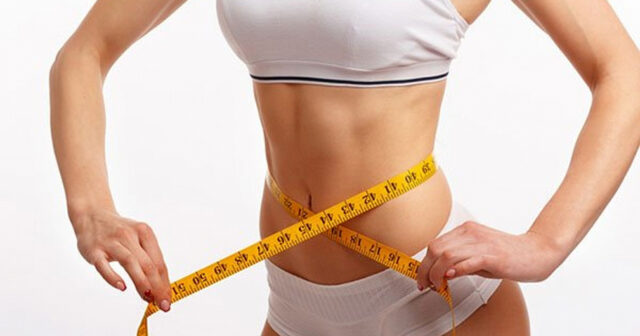
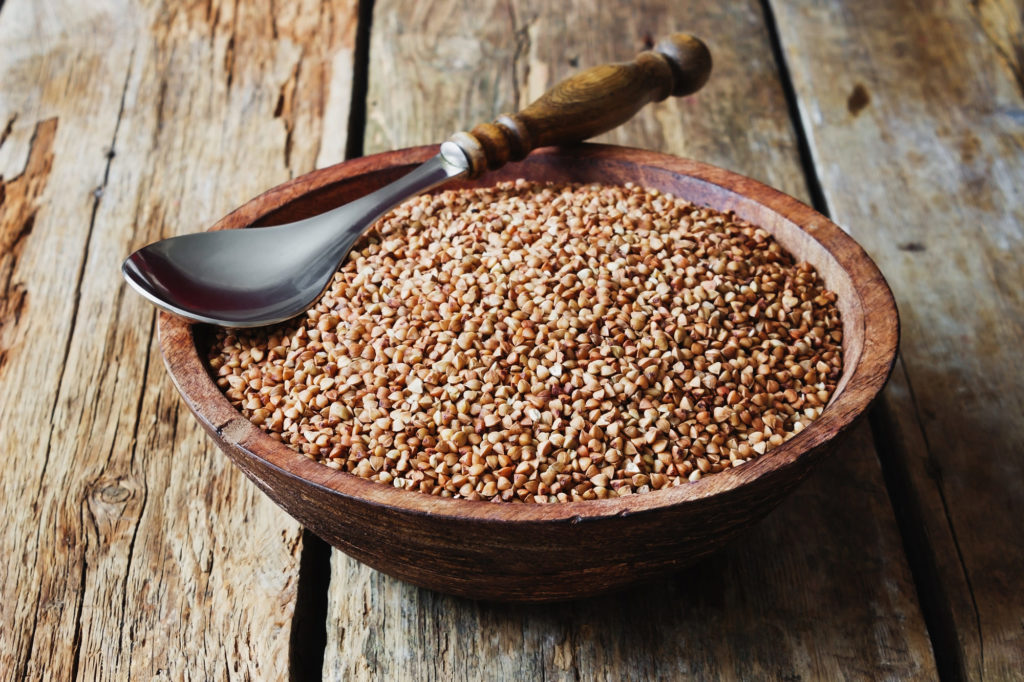

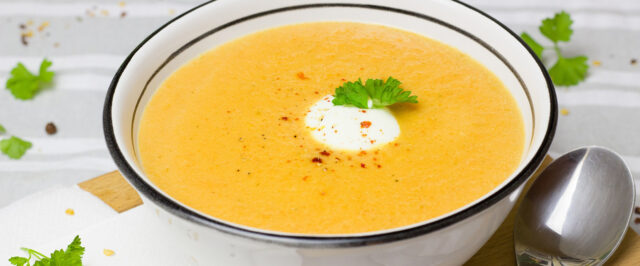
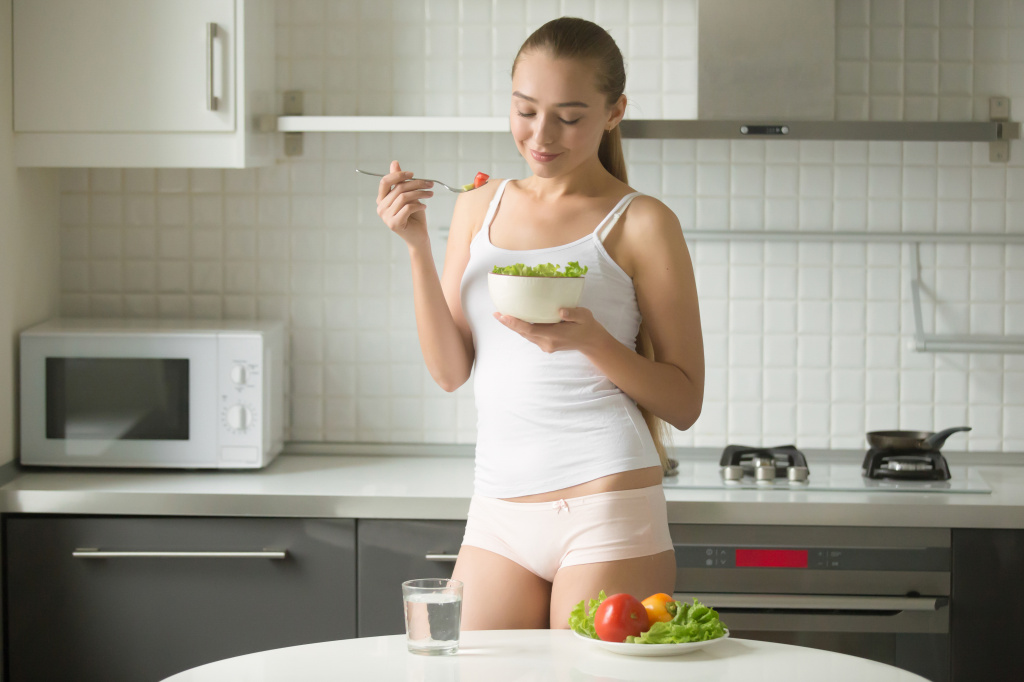
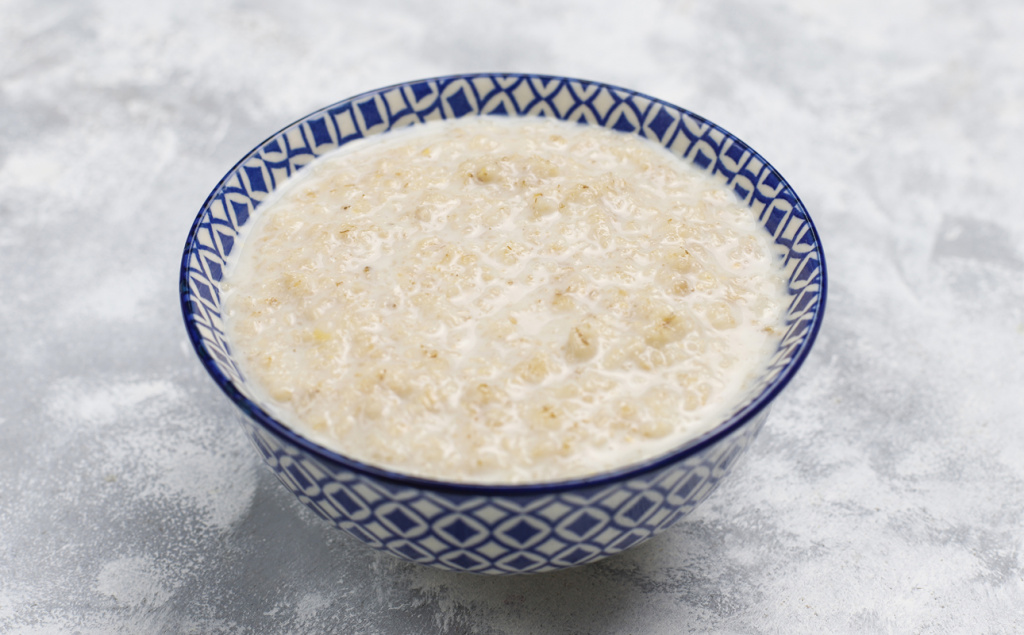
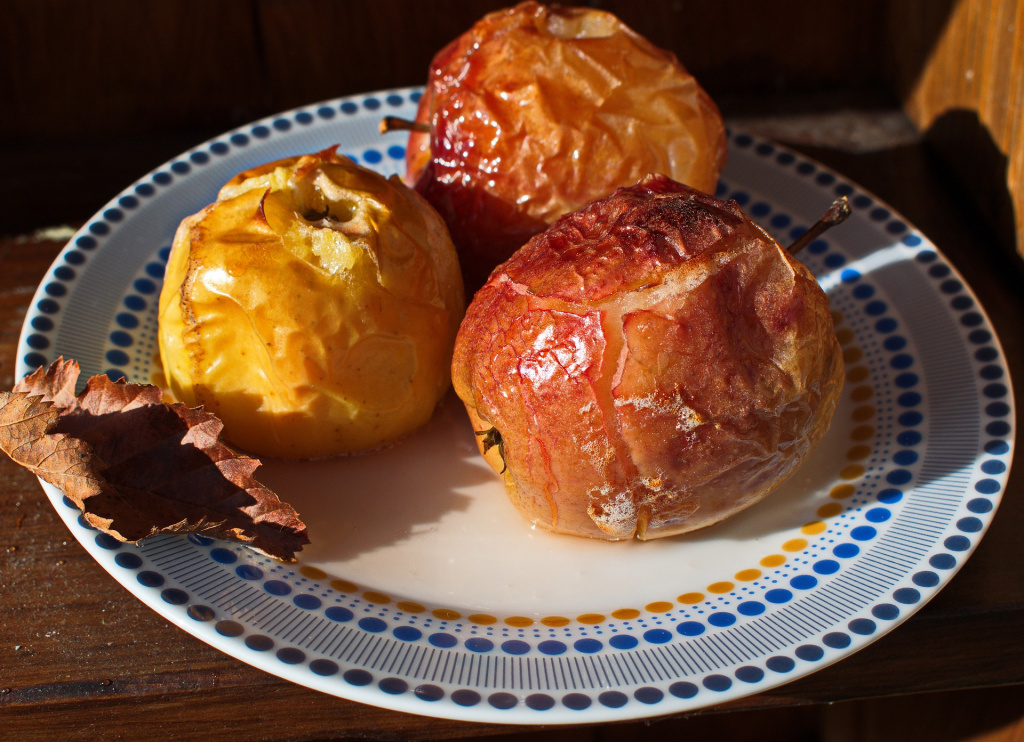
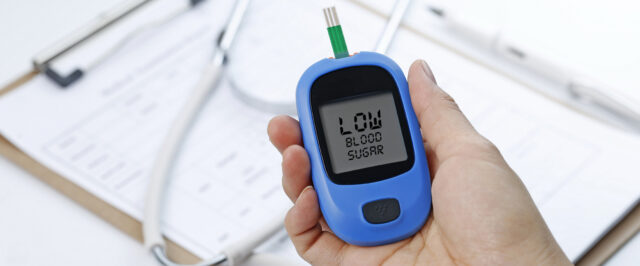
 If the cells have received the required amount of energy, and the person continues to eat, excess sugar is stored as fat. With a constant excess of glucose levels, the pancreas is forced to work day and night to supply the body with insulin in a volume sufficient to remove it from the blood. Over time, she will not withstand the load and will begin to ignore sugar, which is fraught with obesity and diabetes. Normal sugar levels range from 3.8 to 6.0 mmol / L. At a higher value, they speak of hyperglycemia, at a low value, hypoglycemia. The first condition, if untreated, leads to diabetes, the second turns into a hypoglycemic coma. Therefore, the concentration of glucose in the bloodstream should be lowered gradually and carefully. And if this process is permanent, you should consult a doctor.
If the cells have received the required amount of energy, and the person continues to eat, excess sugar is stored as fat. With a constant excess of glucose levels, the pancreas is forced to work day and night to supply the body with insulin in a volume sufficient to remove it from the blood. Over time, she will not withstand the load and will begin to ignore sugar, which is fraught with obesity and diabetes. Normal sugar levels range from 3.8 to 6.0 mmol / L. At a higher value, they speak of hyperglycemia, at a low value, hypoglycemia. The first condition, if untreated, leads to diabetes, the second turns into a hypoglycemic coma. Therefore, the concentration of glucose in the bloodstream should be lowered gradually and carefully. And if this process is permanent, you should consult a doctor.